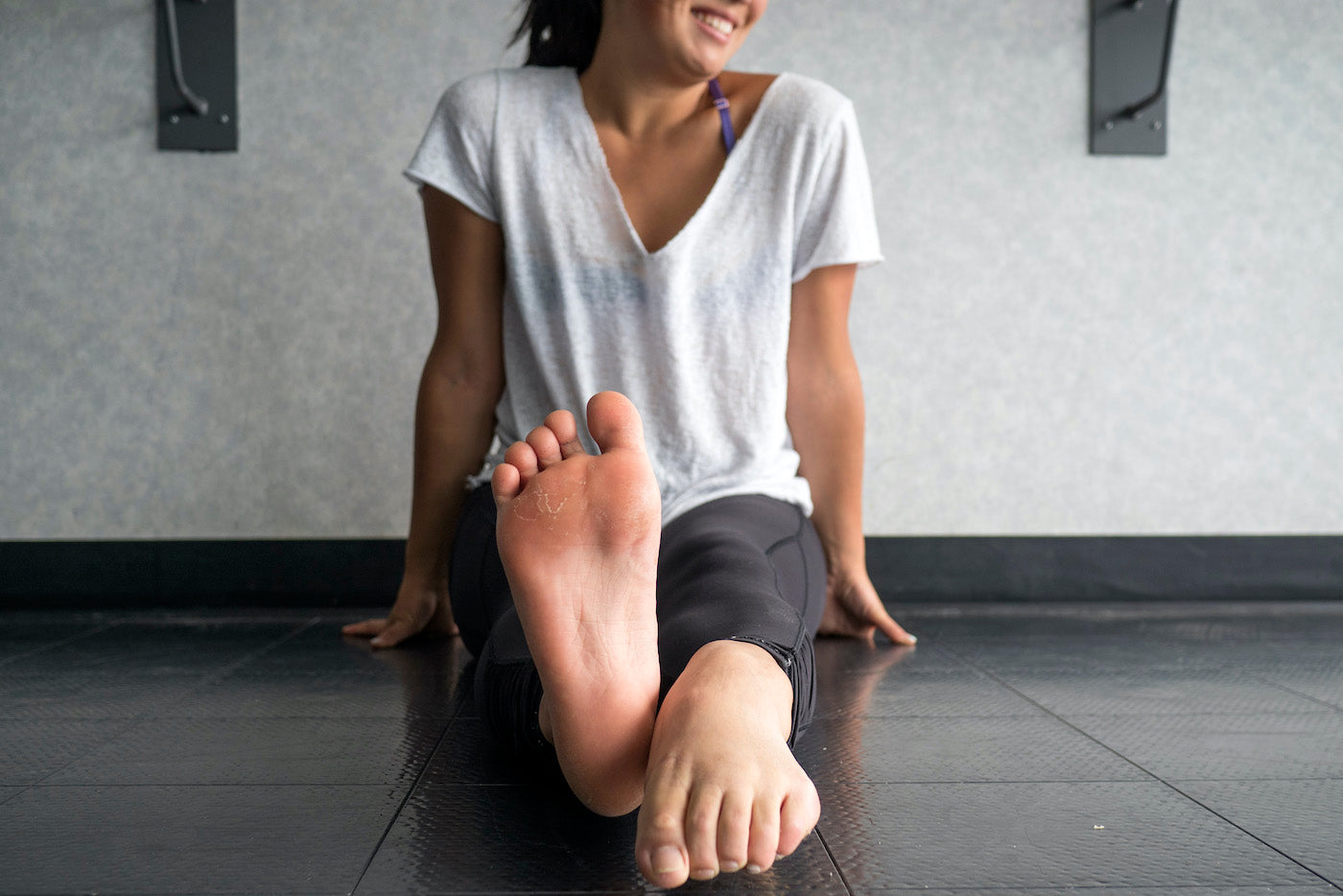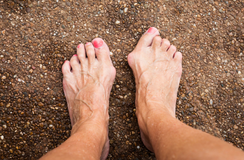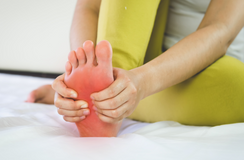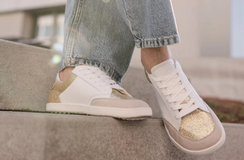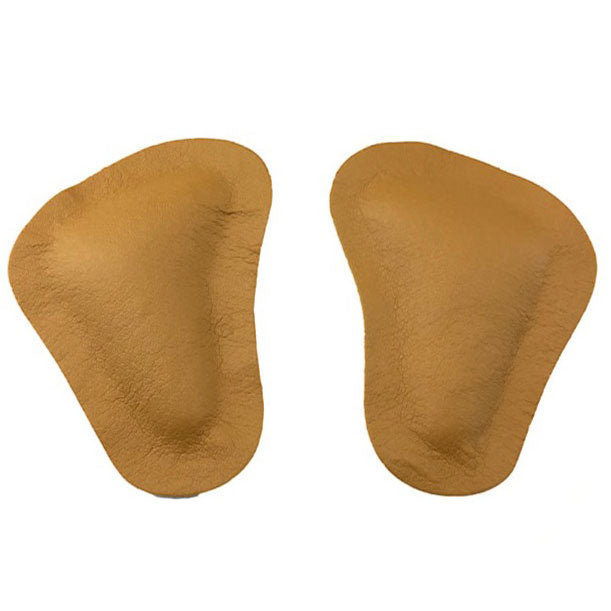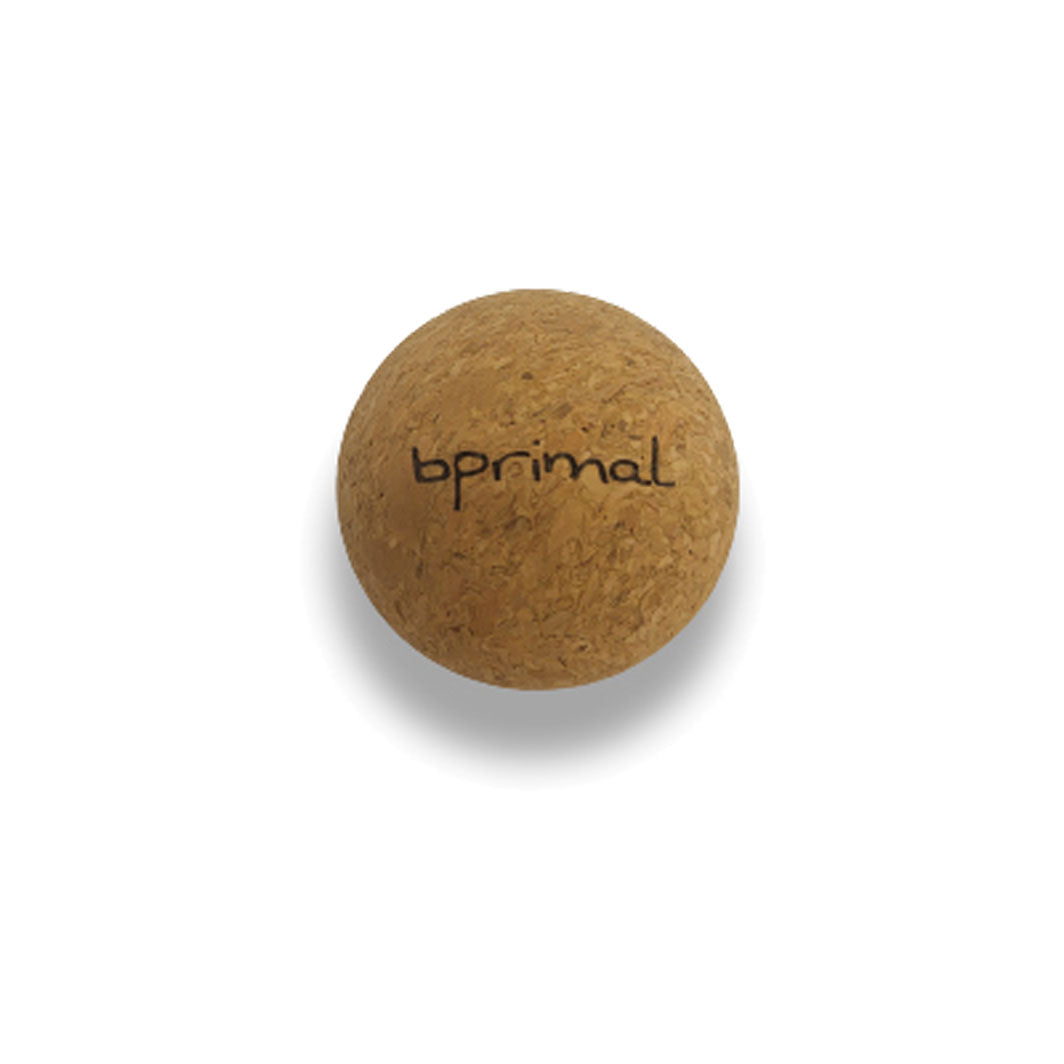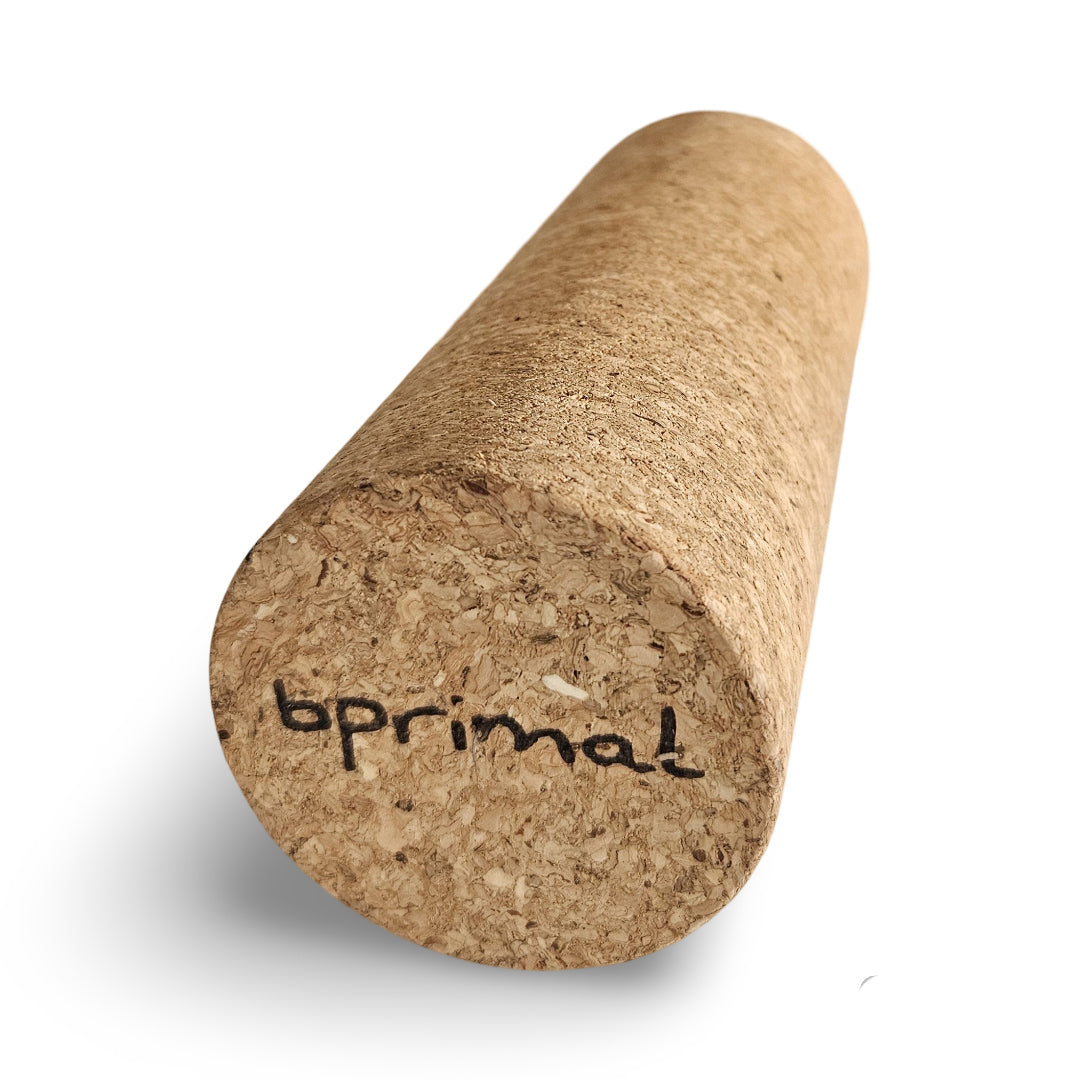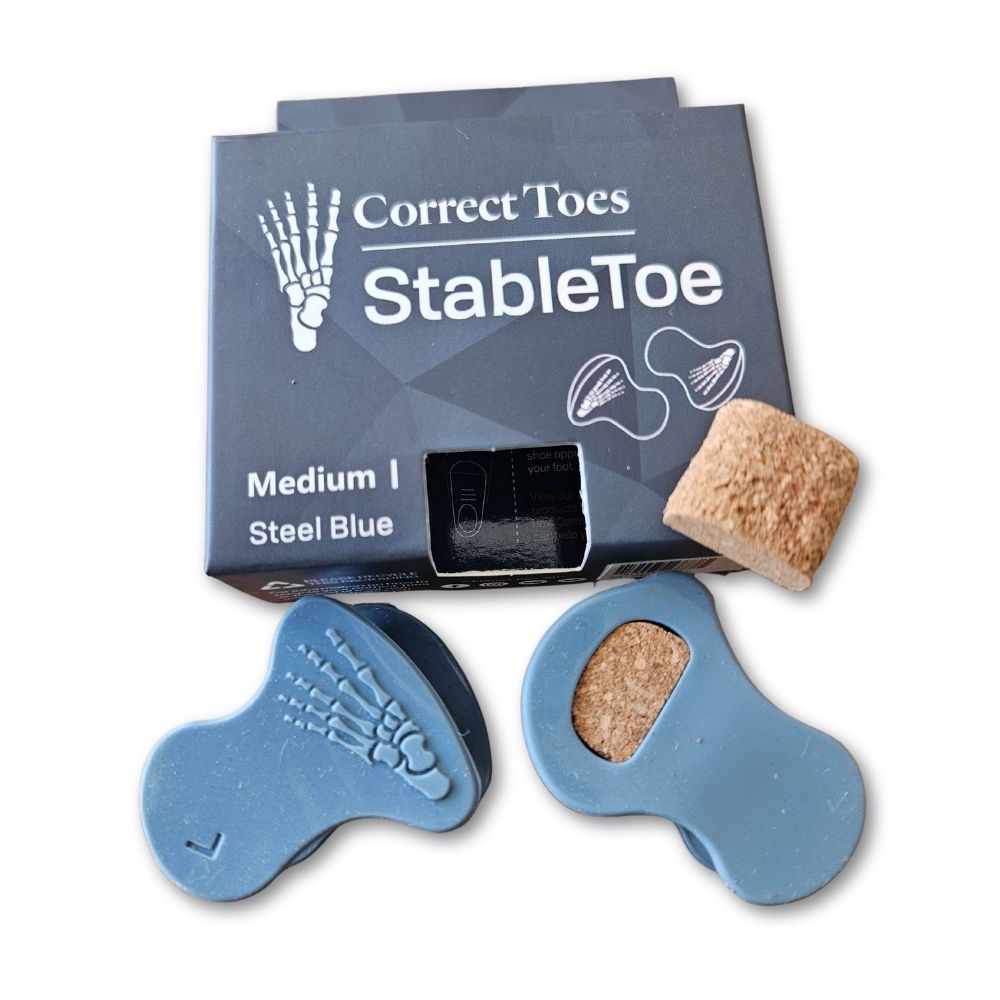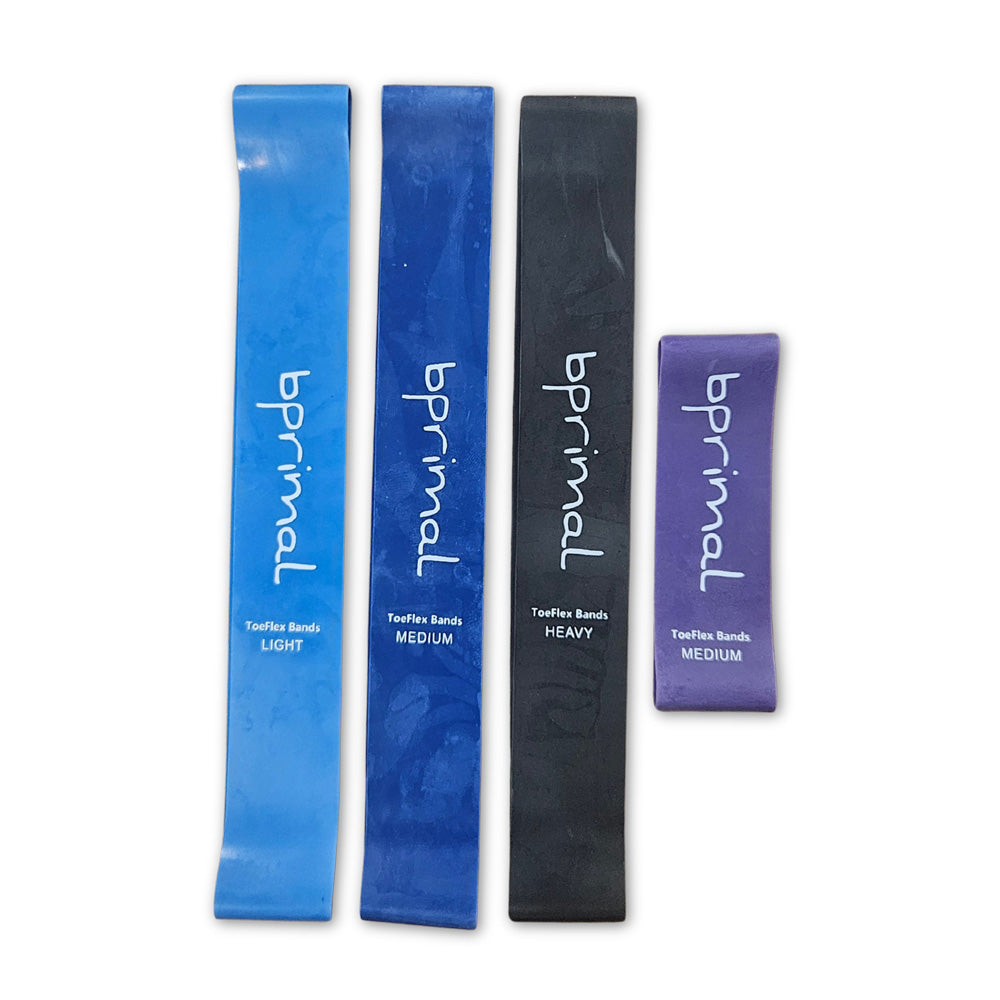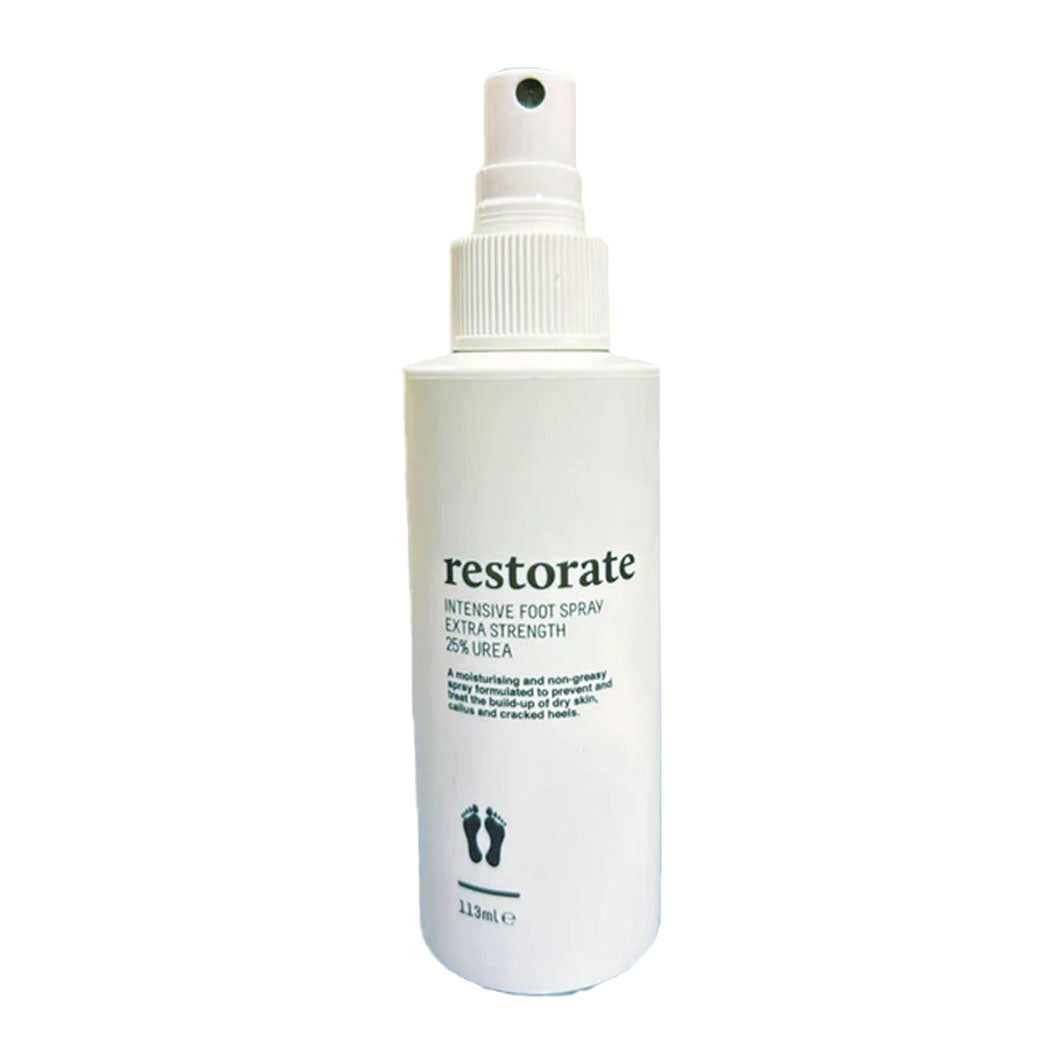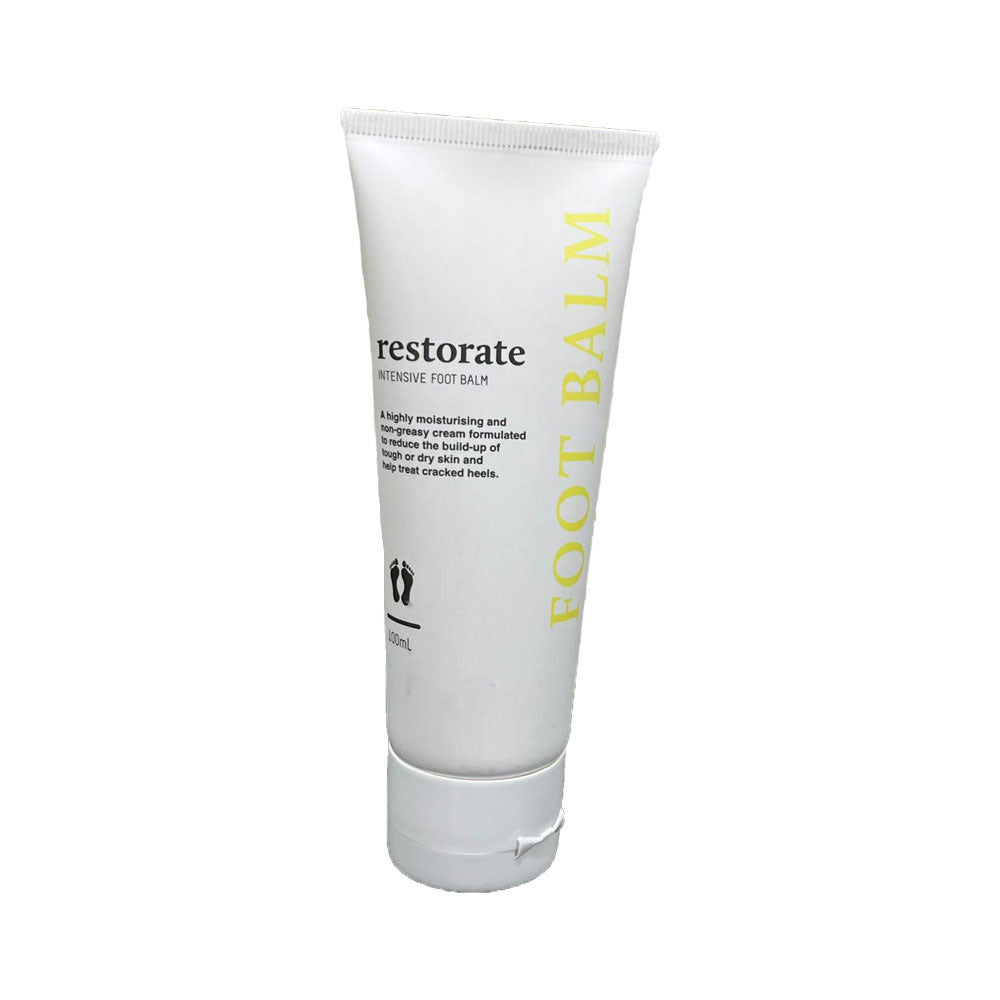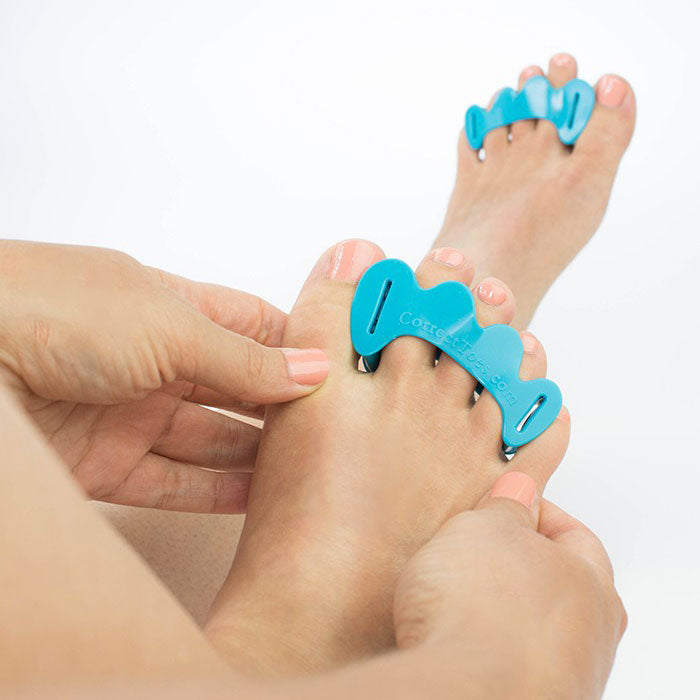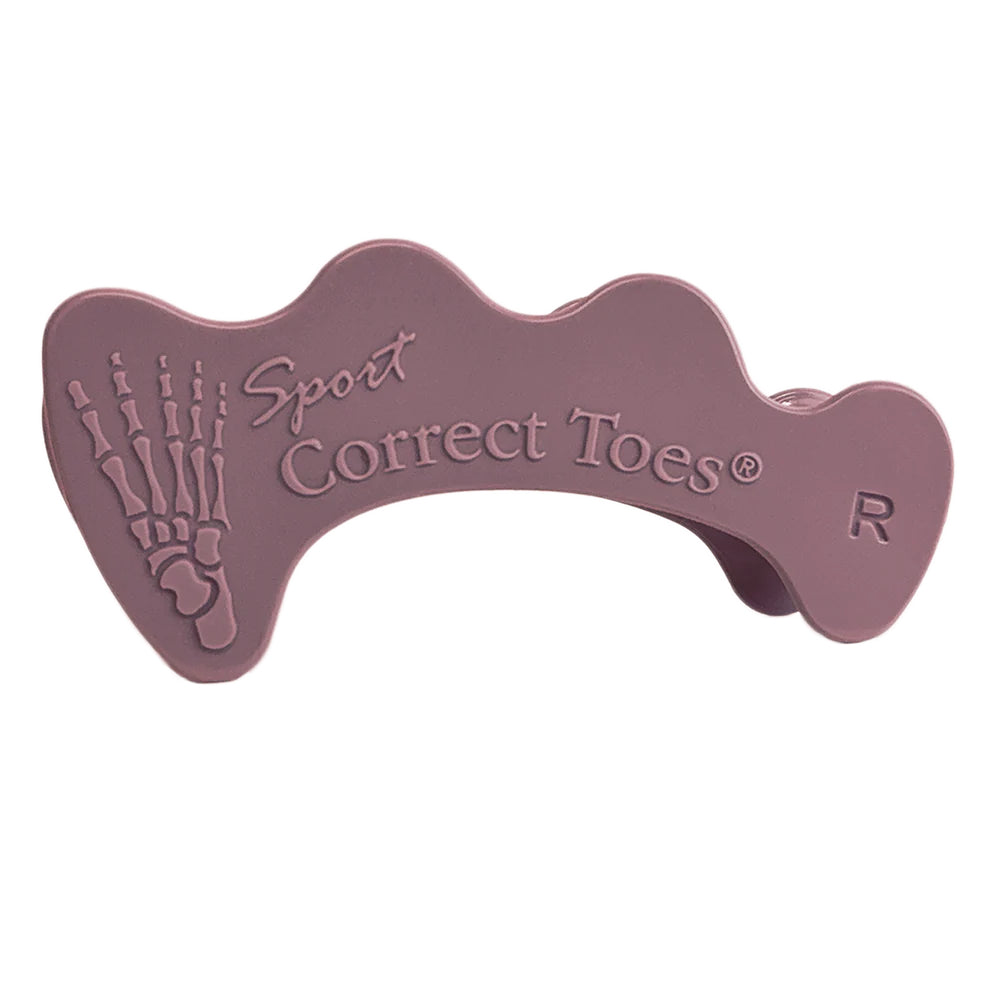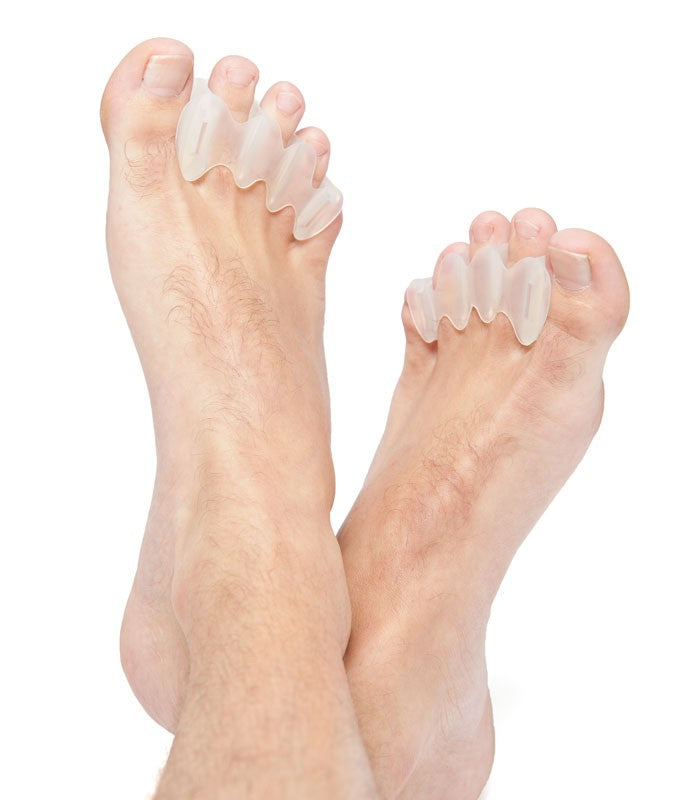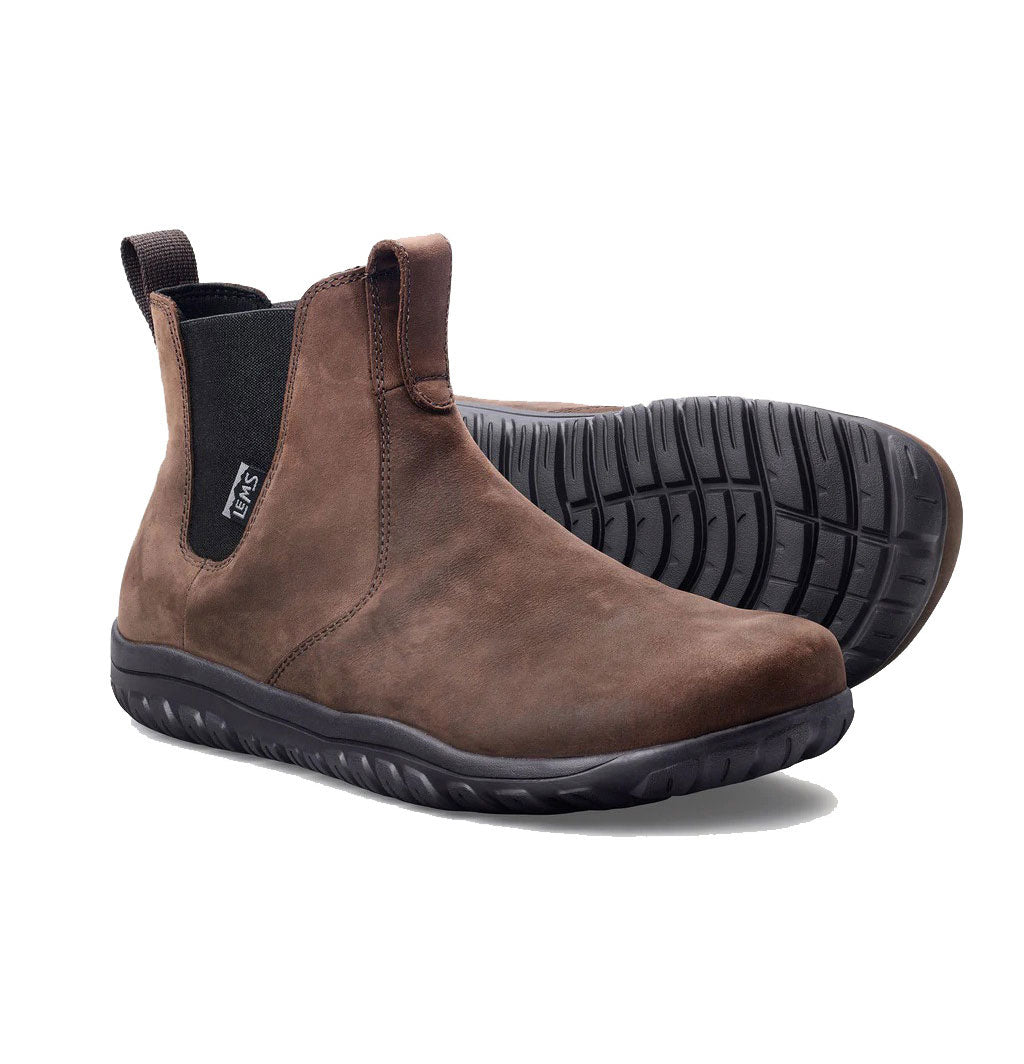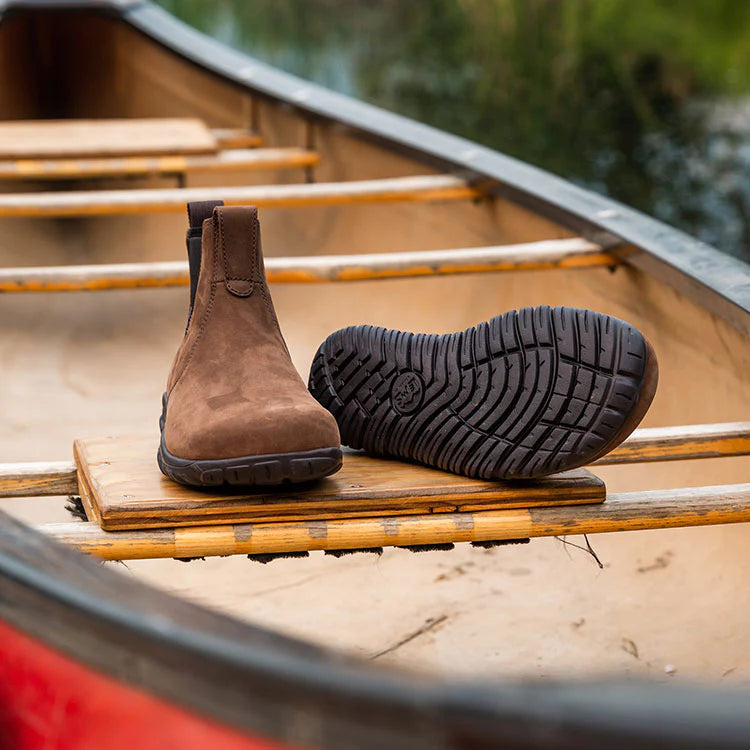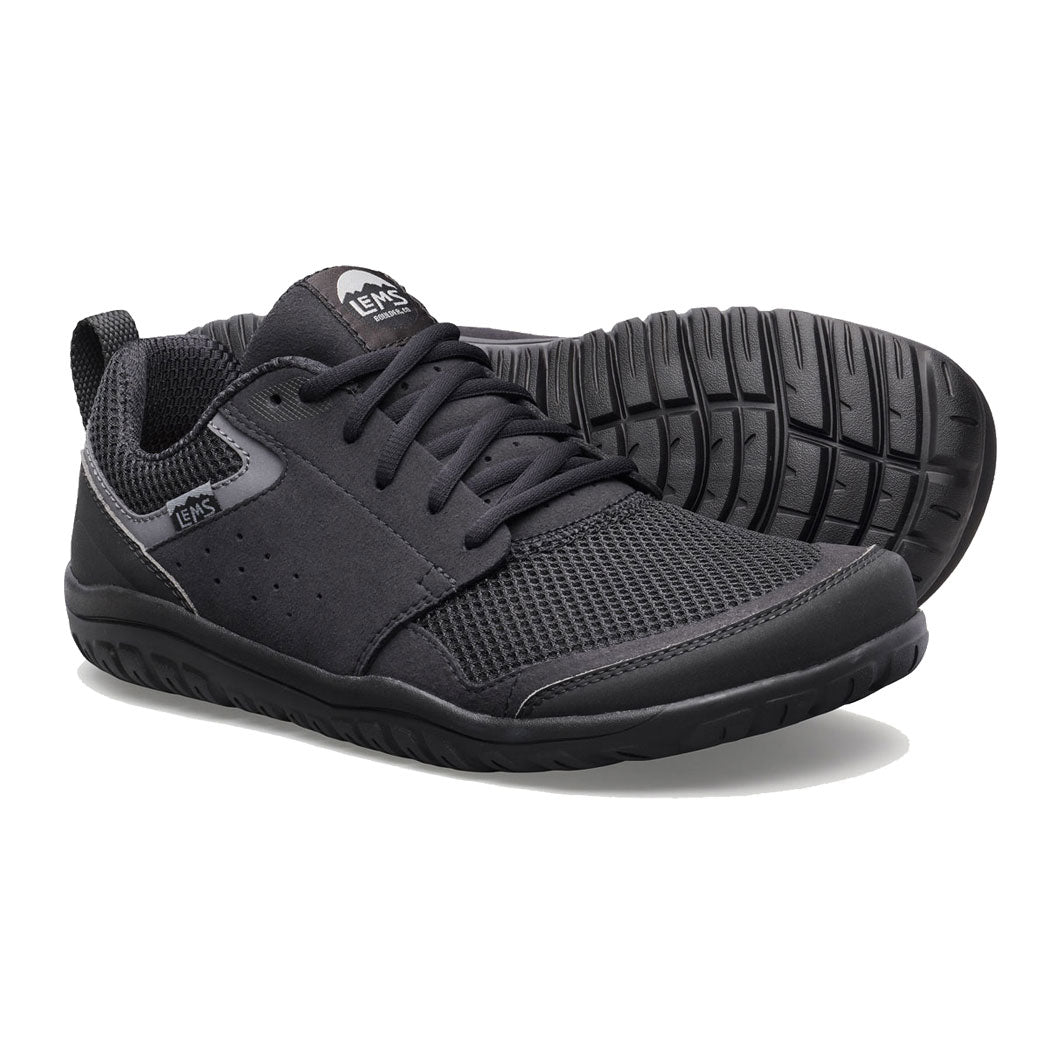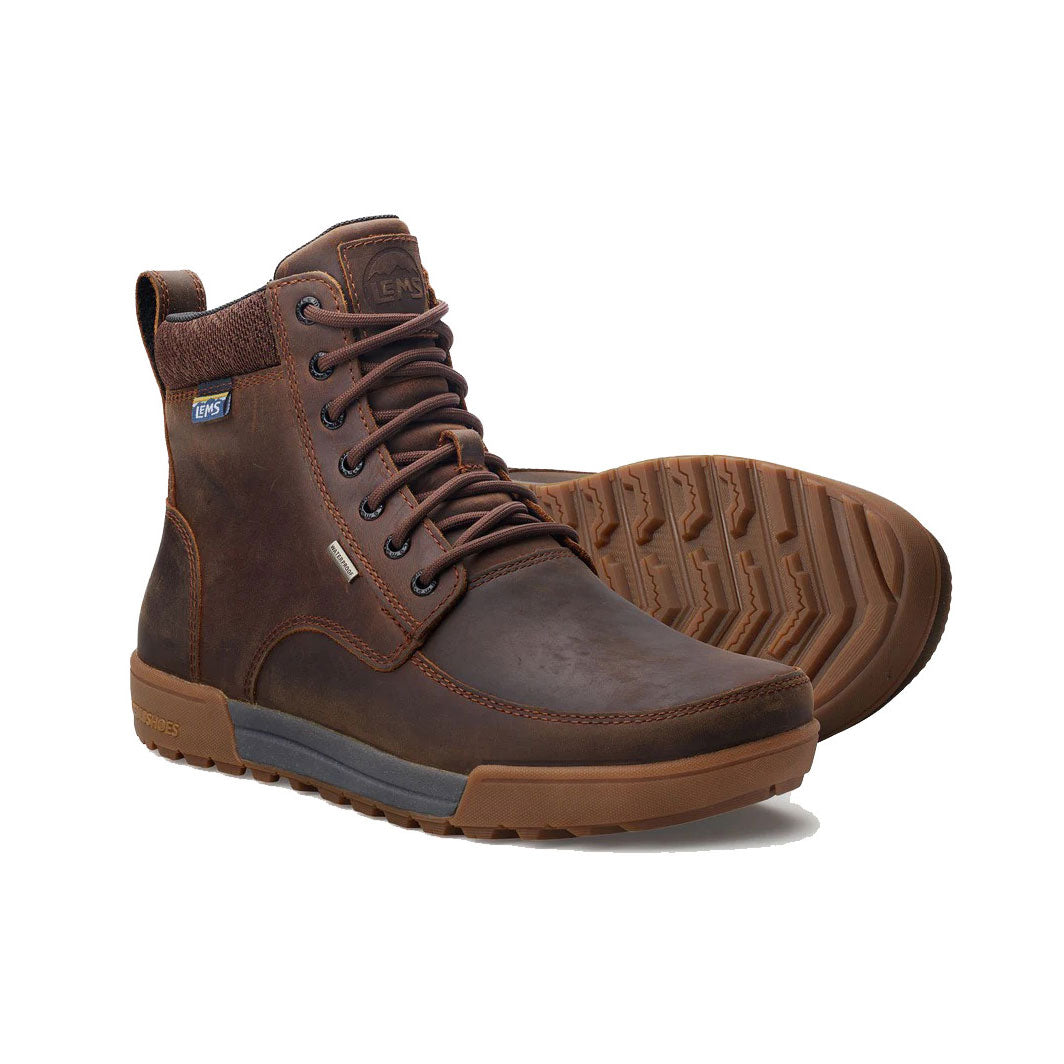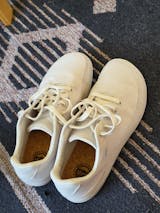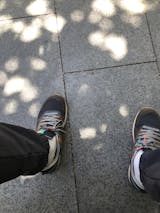
Flat foot, or Pes Planus, as it is known medically, is defined as having no longitudinal arch on the inner sides of your feet. People who develop this condition will experience their whole foot touching the ground while standing, walking, or resting their feet on a flat surface. While more often than not, there is no pain associated with having flat feet or fallen arches, the condition does come with a few symptoms and problems in the long run. Some of these typically affect the back, knees, and ankles, thus causing back pain, creating trouble when walking and climbing stairs, as well as influencing the alignment of your legs. Therefore, it is not a condition one should take lightly.
What are the Causes of Flat Feet?
More common than you'd imagine, an estimated 30% of the adult population is affected by the condition. For the rest, the tendons in the feet tighten as early as 3 years of age and therefore, largely eliminate the possibility of developing fallen arches. If the foot tendons do not tighten enough, or loosen over time, this issue becomes evident. Another contributing cause is footwear. From an early age our feet are still developing and strengthening and if restrictive unhealthy footwear types were worn it can certainly contribute to this condition.
With that said, the causes of flat feet can include several different underlying health issues, or even develop due to external injury. Let's take a look at the more common causes of fallen arches to educate ourselves on what could lead to this condition:
- Unhealthy Footwear being worn - our feet loose their strength over time and tendons become shortened.
- Inflammation or injury to your tendons in the foot can contribute to flat feet. The damage to the tendons itself, or lack of ability to exercise due to this injury, can compound and cause trouble.
- Elevated Heel causing - Equinogenic flatfoot is a condition where your achilles tendon is too tight and restricts movement. This can create stress and lead to a fallen arch in your feet.
- Obviously, even neuromuscular disorders like cerebral palsy can play a huge role in leading to flat feet.
- Obesity, because it puts unnecessary stress on your bones and muscles, can cause the foot arch to fall if not addressed in time.
- Considering ageing causes degeneration of tissue, it can definitely contribute to the development of flat feet as well.
- It is estimated that 50% of individuals with Rheumatoid Arthritis develop flat feet at some point.
- In rare cases, the condition known as tarsal coalition (where the bones in the back of the foot are unnaturally fused together) causes flat feet. This is one of the few situations where flat feet will cause pain for the individual.
Symptoms of Flat Feet

If you're unsure of whether the condition does or does not affect you, it's worth noting the following common symptoms of fallen arches:
- Having an ache or pain in your heels or the arch itself after walking
- Inability to stand on one's toes for more than a moment
- If the middle of your foot, along the arch, is swollen
- If standing for a long while causes pain
- Noticing discomfort in your feet when practicing sports or athletics
It's always a good idea to look after flat feet and counter the condition. Not addressing the problem in time can create a chain-reaction in your body that could disrupt your overall balance, cause any exertion to tax your body more than it should, and eventually lead to pain.
Treatment for Flat Feet

Learning how to treat flat feet depends primarily on the cause which, in turn, relates to how you can prevent it from worsening. While in some extreme cases, one may require physiotherapy and even surgery to help correct some bigger underlying issues, for the most part, regular exercise and appropriate foot stance are proven to help.
1) Natural Resting Position
A simple but effective way to treat the issue is by ensuring your toes rest flat when they are inside shoes. Unfortunately, most mass produced shoes tend to be too narrow for our feet, thus creating compression and compromising one’s natural toe splay. The compression slowly deforms the natural stance of the feet, thereby creating problems like flat feet. This reorientation of the position of your toes may require toe spacers to undo the damage, and realign the toes to their corresponding metatarsals. Along with this, you'll want to actively look for barefoot shoes or natural footwear that are wider around the toes and flexible to stop the condition from worsening and allow the foot to strengthen.
Beyond this, and just as important, one must consider using shoes that do not possess a raised heel. One of the many problems with elevated heels is that they tend to cause even more damage to foot function and form, by shortening the Achilles Tendon. Even if your arch isn't particularly high, as long as the foot rests on a flat level, over time, it will lead to better strength and support on the arch through walking, running, etc.
2) Dedicated Exercises for Flat Feet

Along with ensuring your foot stance is adjusted, actively fighting the condition with regular exercises will yield better and faster results.
The best foot exercises for flat feet include:
- Heel Stretches: Standing with one leg forward, and your arms against a wall ahead of you, lean forward without lifting your heels off the ground (with your back straight). The heel and calf at the rear should stretch as you lean forward. Hold this position for 30 seconds and repeat the process a few times.
- Ball Rolls: Sit yourself down and, using a tennis/golf ball, roll the ball under your foot along the arch. Do this for 2 minutes for each foot.
- Arch Lifts: With your feet below your hips, tilt your weight along the outer edges of your feet. The point here is to lift only the arch, and keep your toes grounded throughout this exercise. 10 repetitions of this done in 3 sets each should suffice.
- Calf Raises: Lift only your heels off the ground while standing, hold that position for a few seconds, and then lower yourself again. Carry this out with 15 repetitions in 3 sets.
- Stair Raises: With one foot on a step above your other foot, lower the heel of the bottom foot, off the edge of the step; then raise the heel of that same foot, above the step this time. Repeat this 10 times in 3 sets.
- Towel Curls: While seated, place a towel under your foot, and try to "grab" the towel with your toes. Curl your toes into your foot, while making sure that your heel and the ball of your foot are grounded at the same time. 3 sets of 10 repetitions each will help.
- Toe Raises: While standing, with your big toe grounded, lift the other four toes up, and bring them back down. Then repeat the process the other way around, i.e. with your big toe in the air, and the rest on the ground. Carry this out up to 10 times while holding the position for 5 seconds each.

Although the tips above are helpful, effective, and safe, we cannot stress enough that one should consult with a medical professional for further treatment options, if at all needed. Also note that countless individuals lead a normal, healthy life with flat feet, however, it is worth paying attention to the condition early on to prevent the risk of it worsening and/or leading to unwanted symptoms.
At bprimal, we work with shoemakers and brands who create natural footwear that are made to encourage better foot health by repairing the damage caused by long term use of modern shoes. These minimalist or healthy footwear alternatives ensure proper preservation of one’s natural foot shape and function thanks to their inclusion of all the design specifics needed to achieve optimal foot health. Some of these features include wide toe boxes, slim and flexible soles, and no heel elevation. Our involvement and interaction with people who create and promote products that help individuals fix their foot problems has also inspired us to spread crucial awareness – relating to prioritising foot health as told by the experts – via our blog. Learn More - check out bprimal educational articles here, and browse through the different brands and collections of natural footwear and foot health restoration products we carry.
DISCLAIMER:
The above content is for educational or informational purposes only and is not intended to replace or augment professional medical instruction, diagnosis, or treatment. Read the full Terms and Conditions & Disclaimer here.



